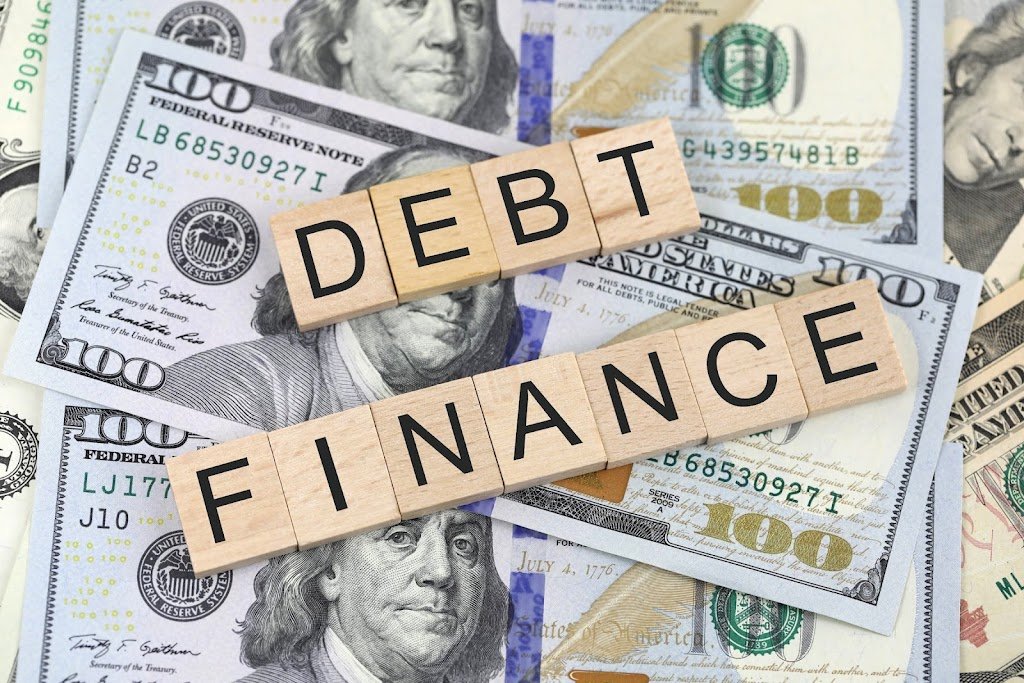The Importance of Emergency Funds: Preparing for Unexpected Expenses
The Importance of Emergency Funds: Preparing for Unexpected Expenses
Life is unpredictable and there may be times when unexpected expenses arise. Whether it is a medical emergency, car repair or job loss, having an emergency fund can provide a safety net during these difficult times. An emergency fund is a savings account specifically set up to cover unforeseen expenses that can cause financial stress. In this article, we will explore the importance of emergency funds and how to set one up to prepare for unexpected expenses.
What is an Emergency Fund?
An emergency fund is a separate savings account that is specifically set up to cover unexpected expenses. This can include anything from a medical emergency to a car repair, or even a job loss. The purpose of an emergency fund is to provide a safety net during difficult times when income is reduced or expenses are increased.
It is important to note that an emergency fund is not intended to cover planned expenses, such as a vacation or a new car. These types of expenses should be saved for separately in a different savings account or budgeted for in advance.
Why is an Emergency Fund Important?
An emergency fund is important for several reasons:
1. Financial Security
An emergency fund provides a sense of financial security. When unexpected expenses arise, it can cause financial stress and anxiety. Knowing that there is a savings account specifically set up to cover these expenses can provide peace of mind and alleviate some of the financial burden.
2. Avoiding Debt
Without an emergency fund, unexpected expenses may need to be covered by taking on debt. This can include credit card debt, personal loans, or even borrowing from friends and family. By having an emergency fund, you can avoid taking on unnecessary debt and the interest charges that come with it.
3. Financial Freedom
Having an emergency fund can provide financial freedom. It can give you the ability to take risks, such as starting a new business or pursuing a new career path, without the fear of financial ruin if something unexpected arises.
How Much Should You Save in an Emergency Fund?
The amount you should save in an emergency fund will depend on several factors, including your income, expenses, and lifestyle. As a general rule of thumb, it is recommended to save at least three to six months’ worth of living expenses in an emergency fund.
If you have a high-risk job or a fluctuating income, it may be wise to save more than six months’ worth of living expenses. Conversely, if you have a stable job and a low-risk lifestyle, you may be able to get by with less than three months’ worth of living expenses in an emergency fund.
How to Set Up an Emergency Fund
Setting up an emergency fund is a simple process. Here are some steps to get started:
1. Determine Your Monthly Expenses
The first step in setting up an emergency fund is to determine your monthly expenses. This includes everything from rent or mortgage payments to groceries and utilities. Make a list of all your monthly expenses to get an accurate picture of how much money you need to cover your basic needs.
2. Calculate Your Emergency Fund Savings Goal
Once you have determined your monthly expenses, calculate how much you need to save in your emergency fund. As mentioned earlier, it is recommended to save at least three to six months’ worth of living expenses in an emergency fund.
3.Create a Plan to Reach Your Savings Goal
Once you have determined your emergency fund savings goal, it’s time to create a plan to reach it. Here are some steps to follow:
- Set a deadline: Determine how long you want to take to reach your savings goal. This will help you set a realistic savings target each month.
- Create a budget: Review your expenses and income to create a budget that allows you to save a portion of your income each month. Cut back on unnecessary expenses and redirect that money towards your emergency fund.
- Automate your savings: Set up automatic transfers from your checking account to your emergency fund each month. This makes saving a priority and ensures you don’t forget to transfer the money.
- Consider additional income streams: Look for ways to increase your income, such as starting a side hustle or freelancing. Redirect this extra income towards your emergency fund.
- Review and adjust: Review your progress regularly and adjust your savings plan as needed. If you receive a raise or bonus, consider increasing the amount you save each month.
4. Keep Your Emergency Fund Accessible
While it’s important to keep your emergency fund separate from your regular savings account, it’s also important to keep it accessible in case of an emergency. Consider keeping your emergency fund in a high-yield savings account that earns interest but still allows you to withdraw funds quickly if needed.
5. Replenish Your Emergency Fund
If you do have to use your emergency fund, it’s important to replenish it as soon as possible. Make it a priority to build your emergency fund back up to its original amount as soon as you can.
Conclusion
Creating an emergency fund is an important step in securing your financial future. By taking the time to calculate your expenses, set a savings goal, and create a plan to reach it, you can be prepared for unexpected expenses and avoid going into debt. Remember to prioritize your emergency fund and replenish it as needed, so you can have peace of mind knowing you have a safety net in case of an emergency.







Thank you for your sharing. I am worried that I lack creative ideas. It is your article that makes me full of hope. Thank you. But, I have a question, can you help me?
Insightful piece